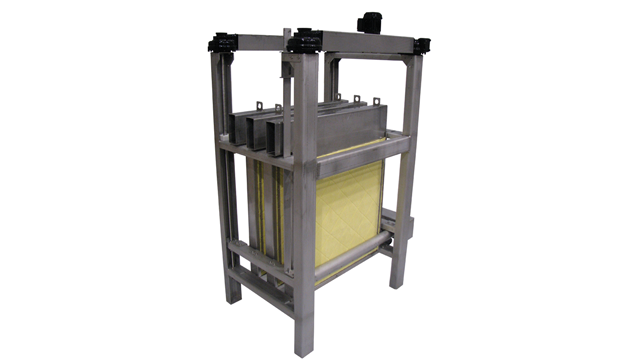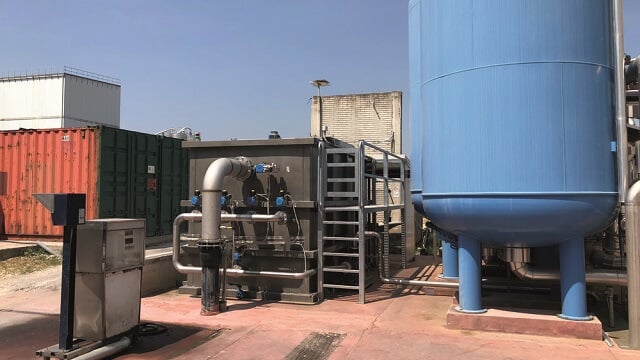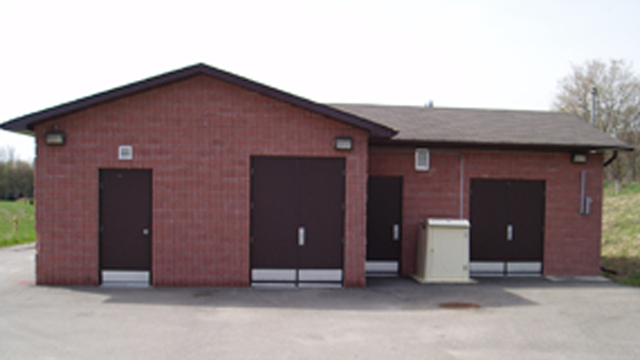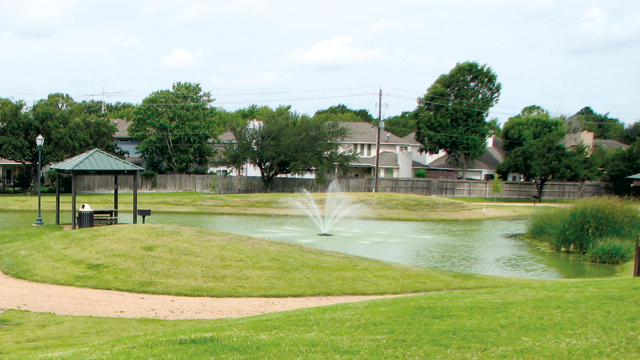Increasing capacity and improving maintenance with Iso-Disc® at San Claudio Wastewater Treatment Plant
In their wastewater treatment plant San Claudio EDAR (Wastewater Treatment Plant) implemented Alfa Laval Iso-Disc® filtration technology to expand capacity and get easy maintenance.
DATE 2023-11-28Customer's voice
The filter cloth is cleaned by mechanical media without any chemical, and it works automatically.”
The main advantage is the easy maintenance.”
-- says Isabel Fanjul, San Claudio EDAR Plant Manager.
Full story:
The problem
San Claudio EDAR (Wastewater Treatment Plant) is part of the sanitation system for the Nora river basin in Asturias, in northern Spain. The existing wastewater treatment plant, which became operational in 1995, only had a biological treatment capacity of 110 litres/second, sufficient for a population of up to 26,000.
For many years, the existing facilities were consistently receiving much higher influent flows and organic loads than the plant was designed to take, causing significant problems for plant operation. The Spanish Ministry of Agriculture, Food and Environment, the Cantabrian Hydrographic Confederation and the Principality of Asturias therefore decided that a new treatment plant was needed.
FCC Construcción-Aqualia was awarded the contract to design, construct and operate the new plant needed for the ever-increasing local population.
The plan
The new wastewater treatment plant was designed to increase the treatment capacity to 1,300 litres/second, and provide biological treatment sufficient for a population of more than 130,000 – five times greater than the previous plant. But this new installation still needed to fit within the same limited footprint as the existing structure.
The new plant also had to comply with updated, strict local environmental requirements and therefore required several new treatment stages. One of the main additions involved tertiary treatment to ensure that the final effluent would always comply with the stringent discharge consent set for the river Nora, which is in the environmentally protected area of San Claudio.
To help achieve this tough combination of small footprint and high river discharge quality, ACUAES (Aguas de la Cuencas de España) selected Alfa Laval Iso-Disc® filtration technology.
The performance
To treat the new WwTP design flow, Alfa Laval provided two fully automatic Iso-Disc cloth media filters, with space left for installation of additional Iso-Disc filter units to meet increasing future throughput. Each Iso-Disc unit comprises seven 900mm square filter elements and is sized to filter an average flow of up to 500m³/hour up to a peak of 800m³/hour. The Iso-Disc units were installed in concrete basins, with pumps, valves and control panels located at ground level for easy accessibility during operation and maintenance.
The two Iso-Disc units were installed in 2016 and have continually delivered a high-quality filtrate suspended solids of <5 mg/litre (95%ile) to the local river ever since being commissioned.
The operators of the new treatment plant are very complimentary about the Iso-Disc filters, especially the simplicity of the technology for operation. “The filter cloth is cleaned by mechanical media without any chemical, and it works automatically,” says Isabel Fanjul, San Claudio EDAR Plant Manager. Praising the simple Iso-Disc technology and electromechanical installation, she adds “The main advantage is the easy maintenance.”
Iso-Disc technology
Iso-Disc is a compact, cost-effective tertiary filtration technology. The standard Iso-Disc ‘pile cloth’ media is designed to remove solids of less than 10 microns, with the advantage of outside-in depth filtration for enhanced solids capture and improved operation during high solids loadings and load variations.
A single Iso-Disc filter unit can treat from 100 up to 20,000 m³ of wastewater per day. Unlike other tertiary filters, it uses 100% of the available filtration surface at all times, thus maximising unit effectiveness and providing a very small ‘footprint-to-flow’ ratio.
The unique Iso-Disc design enables very simple monitoring of the individual filter elements by visual inspection or sample analysis (e.g. NTU). And, as the name suggests, one individual filter element can be isolated whilst the other elements remain in operation – a single filter element may even be removed, cleaned/changed and replaced. This provides flexibility of operation whilst mitigating any risk associated with site upsets, thereby greatly improving ‘single duty’ plant availability.
The simple nature of the Iso-Disc, with very few moving parts, ensures that operation and maintenance requirements are kept to a minimum. There is no need for specialist maintenance tasks or upskilling of local operating teams, making Iso-Disc solutions ideally suited to remote/unmanned site locations.
Cleaning the Iso-Disc elements is also a straightforward, automated procedure. Initiated by a rising water level, a horizontal suction manifold travels up and down each element whilst a centrifugal pump gently removes the solids, resulting in an even clean over the entire surface of the filter media. Typical backwash frequency is less than 1–2 times per hour during design peak (FFT), with much lower backwash throughout the day. During normal operation, the average backwash waters are less than 2% of total feed flow.




